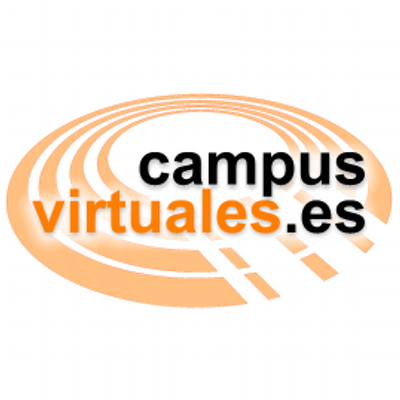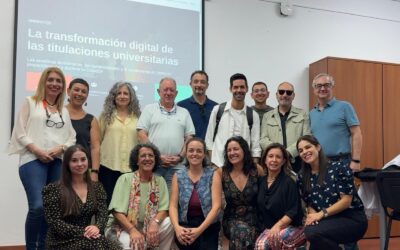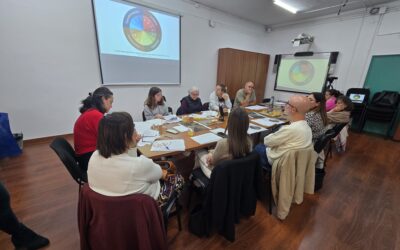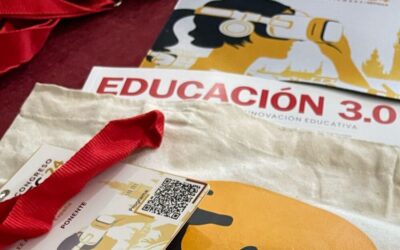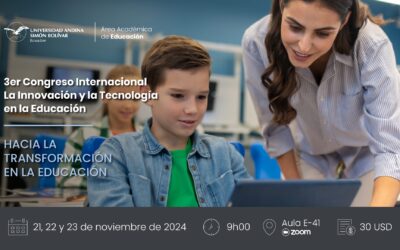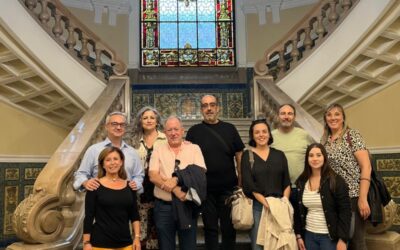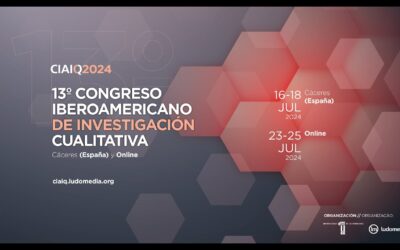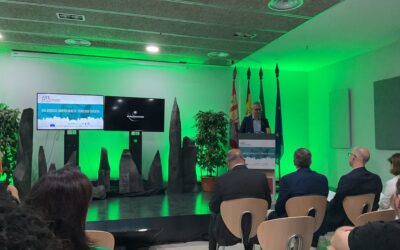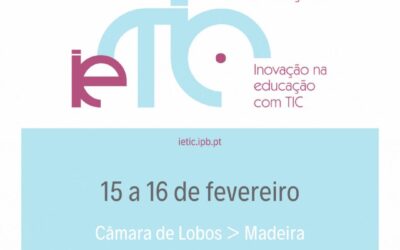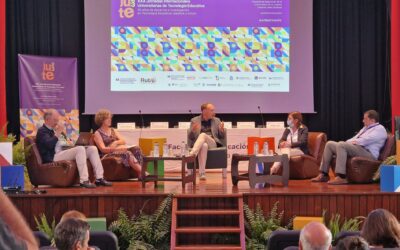UNIDIGIT@L cuenta con representación en el congreso de campus virtuales organizado en la ciudad de Oporto.
Las XIII Jornadas Internacionales de Campus Virtuales fueron organizadas por la Universidade Portucalense, la Red Universitaria de Campus Virtuales, la IEEE Education Society, el Capítulo Español de Sociedad de Educación del IEEE y el Capítulo Portugués de la Sociedad de Educación del IEEE, entre los días 25-26 de septiembre de 2023 en la ciudad de Oporto (Portugal)
Como en anteriores ediciones, las XIII Jornadas atendieron a las principales preocupaciones e innovaciones de hoy en día dentro del entorno de los Campus Virtuales, centrando sus principales áreas temáticas en la Innovación Docente, los Desarrollos Tecnológicos, la Formación de Profesorado y los Aspectos Organizativos.
En este caso, desde el proyecto UNIDIGIT@L se ha presentado la comunicación:
Analysis of Learning Uses in Virtual Campus of Universities: A Case Study
- Autores:
- Bartolomé Rubia Avi. https://orcid.org/0000-0002-4963-4552
- Ada Freitas-Cortina. https://orcid.org/0000-0002-9731-4641
- Jairo Rodríguez Medina. https://orcid.org/0000-0001-7927-6138
- Susana Álvarez Álvarez. https://orcid.org/0000-0002-9305-802X
- María Jesús Verdú Pérez. https://orcid.org/0000-0002-5228-2260
- Resumen:
The incidence analysis of the teaching models that determine the teaching and learning processes is fundamental in any setting, but especially in universities. It is essential for Higher Education Institutions to understand how teaching is conducted in their classrooms, particularly when integrating resources such as Virtual Learning Environments (VLEs), which have played a significant role during the periods of global pandemic brought on by the COVID-19 crisis. This study aims to analyze, in a broad context, the uses of VLE digital resources and the presence of the multitude of ways of understanding the teaching and learning process. To this end, we are examining the use of such VLEs in three Spanish universities, to contrast to contrast the data from the digital environments with the users’ perceptions of them. In this paper, we present some preliminary results of the case study of the University of Valladolid.
